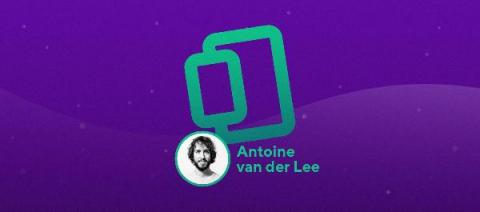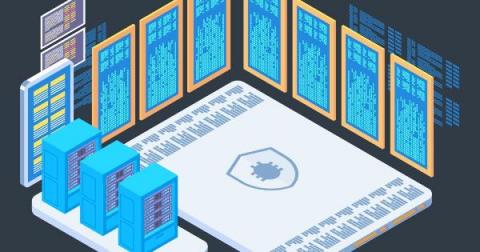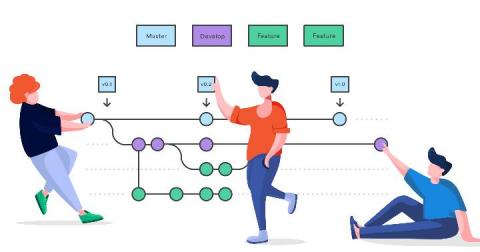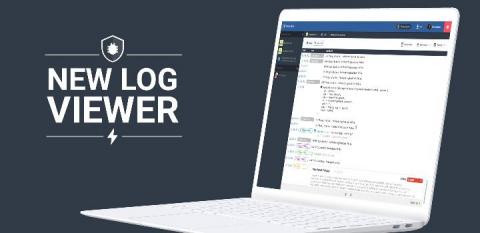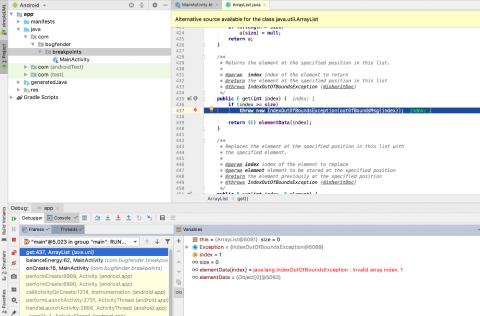8 Mobile Apps That Help You Create Content With Unique Features
Creating content for your website is like decorating the interior of your new house, if you don’t get it right, you would have your visitors dissatisfied and see them leave! Whether it is business or life, time is of the essence and the biggest currency in modern times. So, how can you create unique content, coping up with your busy schedule and other projects? It is quite simple, and you can go mobile! How?



